
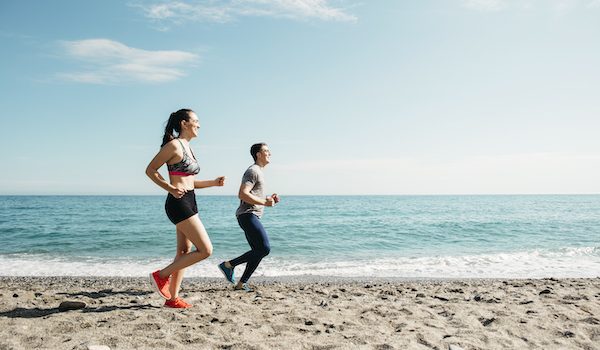
How To Deal With Heat And Humidity During Summer Runs
BlogHealth & FitnessNewsNewsTickerOutdoorRunningStaffPicksXC-Track-Running July 15, 2024 Lauren Keating 0

Many track and field athletes continue trekking and logging their weekly mileage throughout the summer. Whether it’s staying conditioned, preparing for summer competitions, or the upcoming cross country season, heat nor humidity can stop a runner from getting their workouts done.
However, the season’s heat and humidity can pose significant challenges for runners. It’s important to adapt runs for summer weather conditions.
Here’s how to deal with heat and humidity during summer runs.
Understand the Impact of Heat and Humidity
Even if a runner feels like they are in peak fitness shape, after a few steps into a run the brutal heat or humidity can be a huge obstacle to get over. The runner might feel like it’s hard to breathe, that their pace is slower, and that their stamina is much lower because of the weather.
Running in high temperatures and humidity puts extra strain on the body. Heat increases your core temperature, making it harder to maintain pace. Humidity hampers sweat evaporation, the body’s natural cooling mechanism. This combination can lead to overheating and dehydration, affecting performance and increasing the risk of heat-related illnesses such as heat exhaustion or heat stroke.
Hydrate!
This is why it’s so important to hydrate properly for summer running. Drink at least eight glasses of water throughout the day. Even if the runner isn’t one to typically bring water on a run, summer workouts are the time to do so. Carrying water and electrolyte sports drinks is a great way to rehydrate and replenish the lost salt and minerals from sweat. Make sure to drink lots of water after the run as well.
Avoid Mid-Day
Summer runs are best done in the morning or evening when it isn’t peak sun time. The early morning and late evenings are generally cooler and won’t have the sun as intense. However, even earlier runs can be extremely hot. Other times, practice, meets, competitions, or schedule calls for running in peak sun. Try to find routes with lots of shade. Take breaks when needed, and drink lots of water. These are not the day for long runs, so monitor the weather for the week and make adjustments for training runs that week.
Adjust Pace
When humidity is high and temperatures are soaring, the runner must listen to their body. Heat and humidity naturally slow you down. Adjust your expectations and pace accordingly. It’s okay to run slower than usual. Pay close attention to your body’s signals. Symptoms like excessive sweating, dizziness, nausea, or cramps are signs to stop and cool down immediately. Run by effort rather than pace, and be flexible with your training goals.
Acclimate To The Heat
Sure, the summer is a great time to run on the treadmill or at an indoor track to enjoy the nice air conditioning. But try to keep running outside in the summer. This helps to acclimate to the weather. Gradual exposure to heat allows your body to adapt. A great tip is to start with shorter, less intense runs once the weather gets warmer. Then slowly increase the duration and intensity. Runners should do this over one to two weeks. This acclimatization process helps the body’s ability to cool itself and get used to functioning during workouts in the heat. As a result, acclimation helps to improve performance in hot conditions.
Learn How To Cool Down
Keeping the body cool is important during summer running. To do so, make sure to wear appropriate summer running gear like tank tops and shorts that are breathable and have moisture-wicking properties. During the run, pour water on the face and neck to keep the body cool. Seek shade when necessary, jump in the ocean, or pool (if the runner has one at home or on vacation), or jump in the shower immediately after to lower the body temperature.
Dealing With The Heat
Training in the summer heat requires making adjustments and taking precautions. By staying hydrated, timing runs, dressing appropriately, listening to the runner’s body, acclimatizing gradually, and using cooling strategies, runners can continue to train effectively and safely throughout the summer. Embrace the challenge of summer in the heat, but prioritize your health and well-being. Remember that runners can’t control the weather on race days, so learning to deal with the heat of summer training makes the athletes stronger and more prepared.

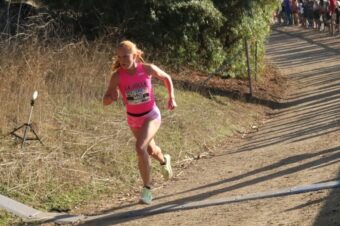


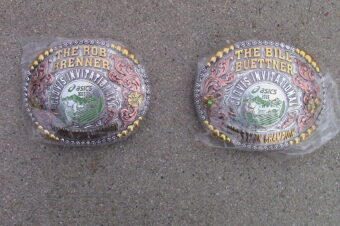
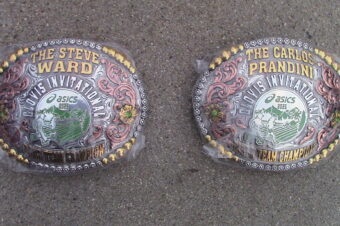



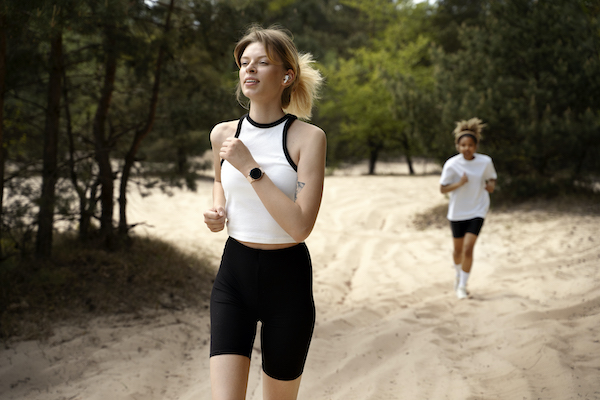
No comments so far.
Be first to leave comment below.